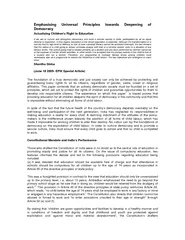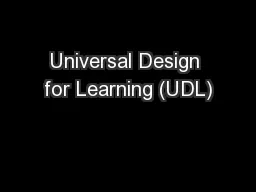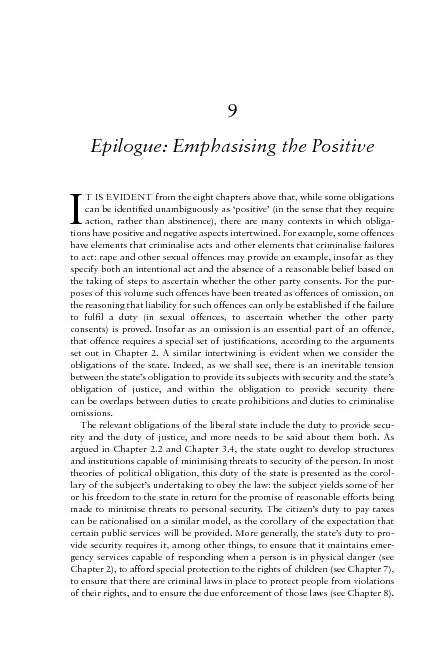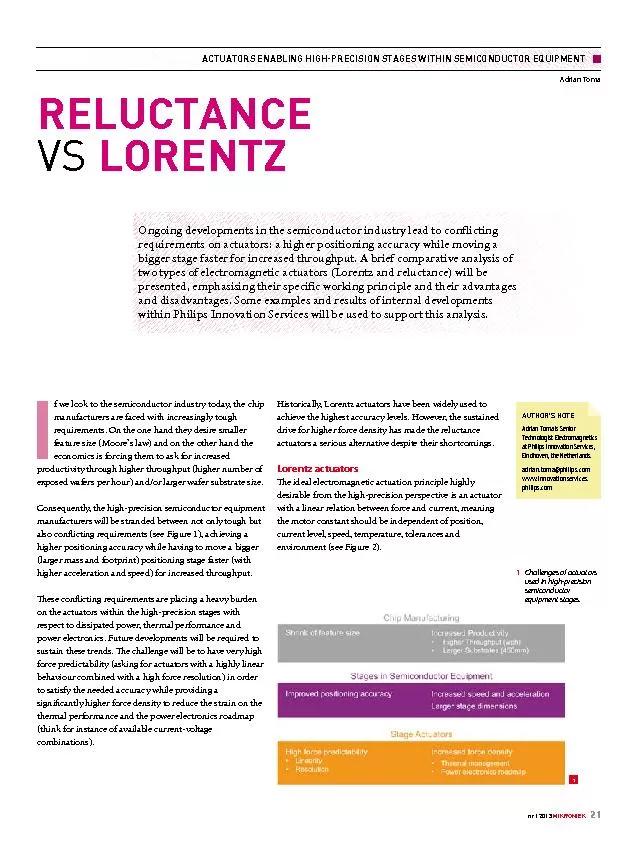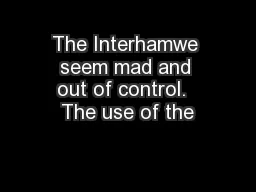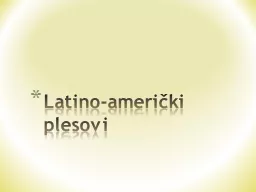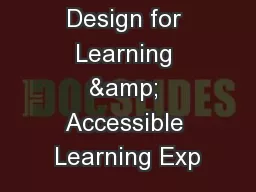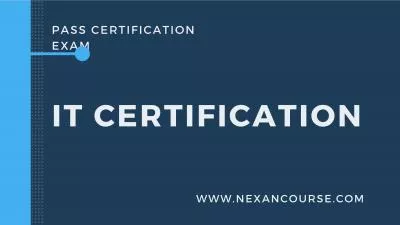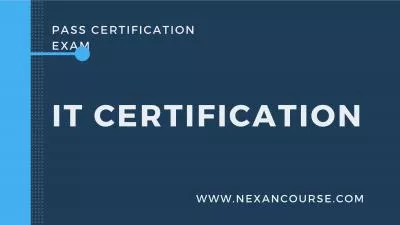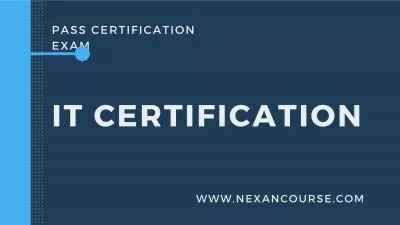PDF-Emphasising Universal Princi ples towards Deepening of
Author : giovanna-bartolotta | Published Date : 2015-06-08
In this regard education of the whole population is essential Although the transformation of a country from a high level of illiteracy to one of near universal literacy
Presentation Embed Code
Download Presentation
Download Presentation The PPT/PDF document "Emphasising Universal Princi ples toward..." is the property of its rightful owner. Permission is granted to download and print the materials on this website for personal, non-commercial use only, and to display it on your personal computer provided you do not modify the materials and that you retain all copyright notices contained in the materials. By downloading content from our website, you accept the terms of this agreement.
Emphasising Universal Princi ples towards Deepening of: Transcript
Download Rules Of Document
"Emphasising Universal Princi ples towards Deepening of"The content belongs to its owner. You may download and print it for personal use, without modification, and keep all copyright notices. By downloading, you agree to these terms.
Related Documents

